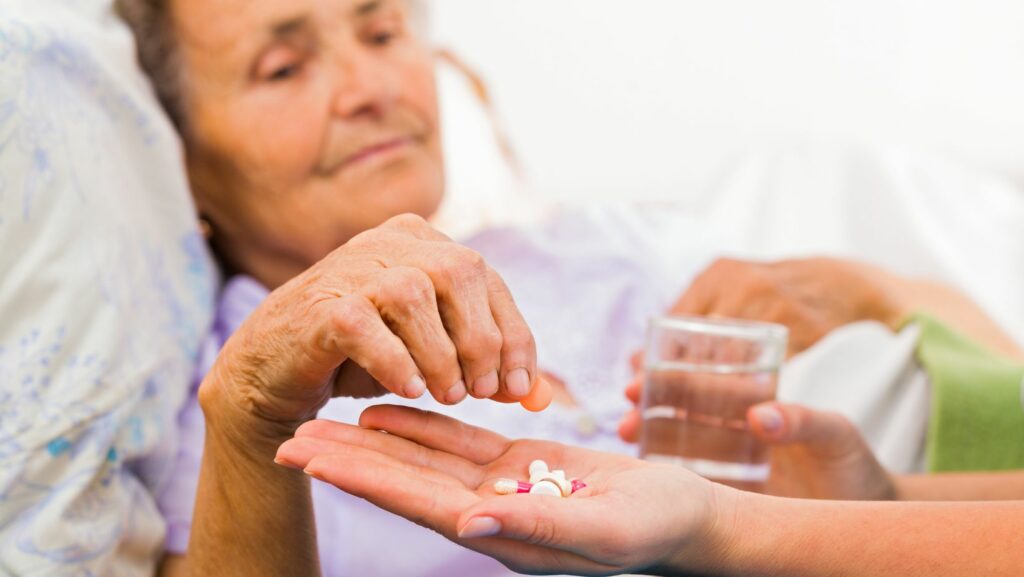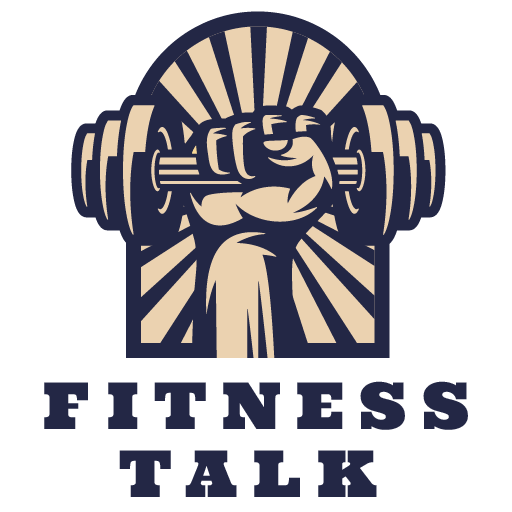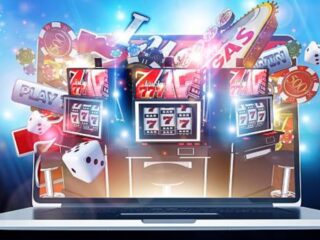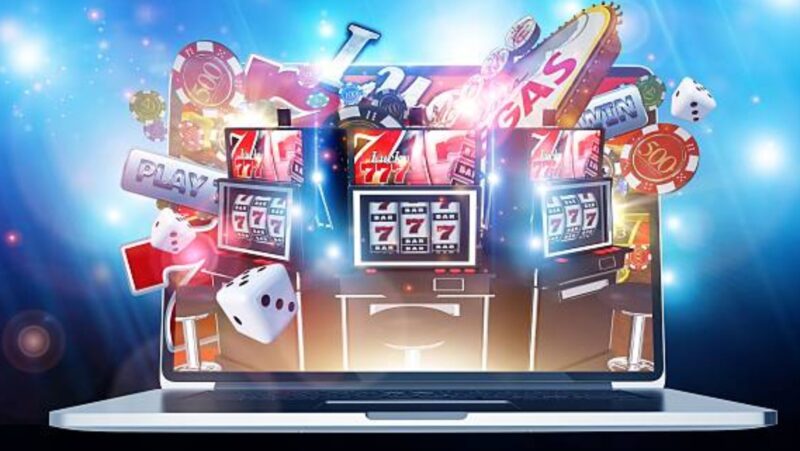
In the realm of mental health treatment, the debate between Transcranial Magnetic Stimulation (TMS) and Ketamine Therapy for Depression continues to intrigue researchers, clinicians, and patients alike. Both modalities offer promising avenues for alleviating the debilitating symptoms of depression, yet they differ significantly in their mechanisms of action, administration, and efficacy. In this comprehensive article, we delve into the nuances of TMS versus Ketamine Therapy, exploring their differences, similarities, and respective roles in the treatment landscape.
Introduction
Depression remains one of the most prevalent mental health disorders globally, affecting millions of individuals regardless of age, gender, or socioeconomic status. Traditional antidepressants and therapy have long been the cornerstone of treatment, but for those who do not respond adequately to these interventions, alternative approaches such as TMS and Ketamine Therapy offer hope for relief.
Understanding TMS and Ketamine Therapy:
TMS:
Transcranial Magnetic Stimulation (TMS) is a cutting-edge therapeutic approach that harnesses the power of magnetic pulses to target and stimulate specific regions of the brain known to play a crucial role in mood regulation. This non-invasive procedure holds promise in alleviating symptoms of depression by effectively modulating neuronal activity and promoting the restoration of disrupted brain circuitry. Through precise targeting, TMS aims to rebalance neural networks implicated in depressive disorders, ultimately fostering a more stable and positive mental state for individuals struggling with persistent symptoms.
During TMS sessions, patients undergo a series of treatments conducted over the course of several weeks, typically on a daily basis. This structured regimen allows for consistent and gradual stimulation of the targeted brain areas, maximizing the therapeutic benefits of the procedure. While the effects of TMS may not be immediately apparent, many patients experience notable improvements in mood, energy levels, and overall well-being as treatment progresses. With each session, the brain becomes increasingly responsive to stimulation, paving the way for sustained relief from depressive symptoms over time.
One of the key advantages of TMS lies in its favorable safety profile and minimal risk of adverse effects. Unlike invasive procedures or pharmacological interventions, TMS poses little to no risk of systemic side effects or complications. Most patients tolerate the treatment well, reporting only mild discomfort or transient sensations during the session. Occasionally, individuals may experience mild side effects such as scalp discomfort or headaches, which typically subside shortly after the conclusion of the session. Overall, the safety and tolerability of TMS make it an attractive option for individuals seeking an effective and well-tolerated alternative to traditional depression treatments.
Ketamine Therapy:
Ketamine, once primarily recognized for its role as a potent anesthetic agent, has emerged as a groundbreaking treatment option for depression due to its remarkable ability to induce rapid and profound antidepressant effects when administered at subanesthetic doses. Unlike conventional antidepressants, which primarily target neurotransmitters such as serotonin and norepinephrine, Ketamine operates on a different pathway within the brain known as the glutamate system. This unique mechanism of action facilitates synaptic plasticity and stimulates neural growth, promoting adaptive changes that are thought to underlie its antidepressant properties.

Ketamine Therapy typically involves the administration of intravenous infusions in a carefully controlled medical setting under the supervision of trained professionals. This ensures both the safety and efficacy of the treatment, as well as the monitoring of potential side effects. Remarkably, many patients report experiencing significant improvements in mood within hours to days following Ketamine infusions, marking a stark departure from the delayed onset of action often associated with traditional antidepressants. This rapid onset of antidepressant effects has revolutionized the treatment landscape for individuals with severe and treatment-resistant depression, offering hope for relief when other interventions have failed.
Comparing Efficacy and Side Effects:
Efficacy:
Research comparing the efficacy of TMS and Ketamine Therapy has yielded mixed findings. While both modalities have demonstrated effectiveness in reducing depressive symptoms, individual responses can vary widely. Some studies suggest that Ketamine may produce more rapid and robust antidepressant effects, particularly in individuals with treatment-resistant depression. However, the long-term sustainability of these effects remains a topic of ongoing investigation. TMS, on the other hand, may offer more durable benefits over time, with some patients experiencing continued improvement even after treatment completion.
Side Effects:
When considering side effects, TMS is generally associated with fewer adverse reactions compared to Ketamine Therapy. Common side effects of TMS are typically mild and transient, such as scalp discomfort or mild headaches during or after treatment sessions. In contrast, Ketamine Therapy can induce more pronounced acute effects, including dissociation, dizziness, and nausea. However, these effects typically subside shortly after the infusion ends. Long-term safety profiles for both modalities are still being studied, emphasizing the importance of individualized risk-benefit assessments.
Navigating Treatment Considerations:
Patient Profiles:
The choice between TMS and Ketamine Therapy often depends on various factors, including the patient’s treatment history, symptom severity, medical comorbidities, and personal preferences. TMS may be preferable for individuals seeking a non-pharmacological, non-invasive treatment option with minimal systemic effects. In contrast, Ketamine Therapy may be considered for those requiring rapid relief or those who have not responded to conventional treatments. Clinicians carefully evaluate each patient’s unique circumstances to tailor treatment recommendations accordingly.
Cost and Accessibility:
Another consideration is the cost and accessibility of treatment. TMS is typically covered by insurance for major depressive disorder, making it more accessible to a broader range of patients. Ketamine Therapy, while increasingly available, may require out-of-pocket expenses and may not be covered by insurance in all cases. Additionally, the need for medical supervision during Ketamine infusions adds to the logistical considerations for patients and providers alike.
Summing up:
In conclusion, the choice between TMS and Ketamine Therapy for depression is not one-size-fits-all. Each modality offers unique benefits and challenges, and the decision should be made collaboratively between patients and their healthcare providers.

As research continues to advance and our understanding of these treatments evolves, individuals living with depression can find hope in the expanding array of therapeutic options available to them. Whether through TMS, Ketamine Therapy, or a combination of approaches, the journey toward mental wellness is one of exploration, resilience, and healing.











